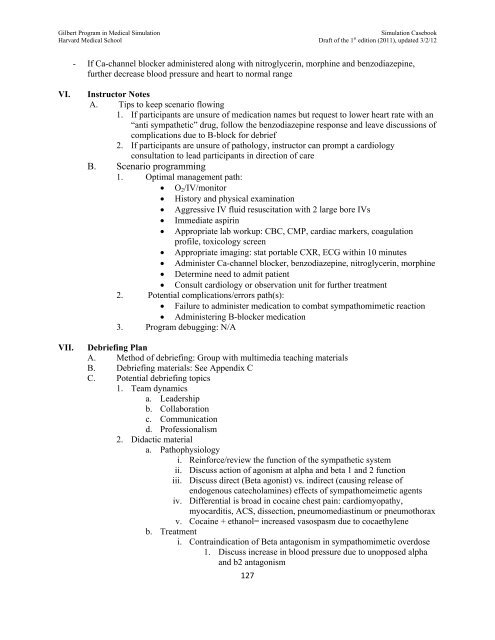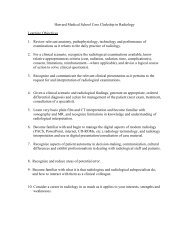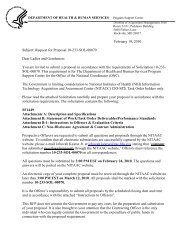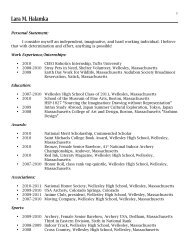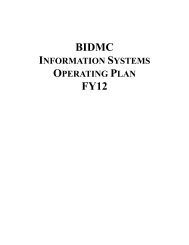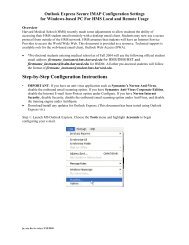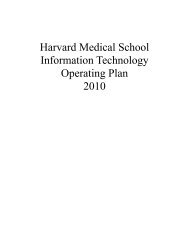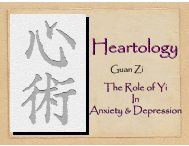SIMULATION CASEBOOK - MyCourses
SIMULATION CASEBOOK - MyCourses
SIMULATION CASEBOOK - MyCourses
Create successful ePaper yourself
Turn your PDF publications into a flip-book with our unique Google optimized e-Paper software.
Gilbert Program in Medical Simulation<br />
Simulation Casebook<br />
Harvard Medical School Draft of the 1 st edition (2011), updated 3/2/12<br />
- If Ca-channel blocker administered along with nitroglycerin, morphine and benzodiazepine,<br />
further decrease blood pressure and heart to normal range<br />
VI.<br />
VII.<br />
Instructor Notes<br />
A. Tips to keep scenario flowing<br />
1. If participants are unsure of medication names but request to lower heart rate with an<br />
“anti sympathetic” drug, follow the benzodiazepine response and leave discussions of<br />
complications due to B-block for debrief<br />
2. If participants are unsure of pathology, instructor can prompt a cardiology<br />
consultation to lead participants in direction of care<br />
B. Scenario programming<br />
1. Optimal management path:<br />
O 2 /IV/monitor<br />
History and physical examination<br />
Aggressive IV fluid resuscitation with 2 large bore IVs<br />
Immediate aspirin<br />
Appropriate lab workup: CBC, CMP, cardiac markers, coagulation<br />
profile, toxicology screen<br />
Appropriate imaging: stat portable CXR, ECG within 10 minutes<br />
Administer Ca-channel blocker, benzodiazepine, nitroglycerin, morphine<br />
Determine need to admit patient<br />
Consult cardiology or observation unit for further treatment<br />
2. Potential complications/errors path(s):<br />
Failure to administer medication to combat sympathomimetic reaction<br />
Administering B-blocker medication<br />
3. Program debugging: N/A<br />
Debriefing Plan<br />
A. Method of debriefing: Group with multimedia teaching materials<br />
B. Debriefing materials: See Appendix C<br />
C. Potential debriefing topics<br />
1. Team dynamics<br />
a. Leadership<br />
b. Collaboration<br />
c. Communication<br />
d. Professionalism<br />
2. Didactic material<br />
a. Pathophysiology<br />
i. Reinforce/review the function of the sympathetic system<br />
ii. Discuss action of agonism at alpha and beta 1 and 2 function<br />
iii. Discuss direct (Beta agonist) vs. indirect (causing release of<br />
endogenous catecholamines) effects of sympathomeimetic agents<br />
iv. Differential is broad in cocaine chest pain: cardiomyopathy,<br />
myocarditis, ACS, dissection, pneumomediastinum or pneumothorax<br />
v. Cocaine + ethanol= increased vasospasm due to cocaethylene<br />
b. Treatment<br />
i. Contraindication of Beta antagonism in sympathomimetic overdose<br />
1. Discuss increase in blood pressure due to unopposed alpha<br />
and b2 antagonism<br />
127


